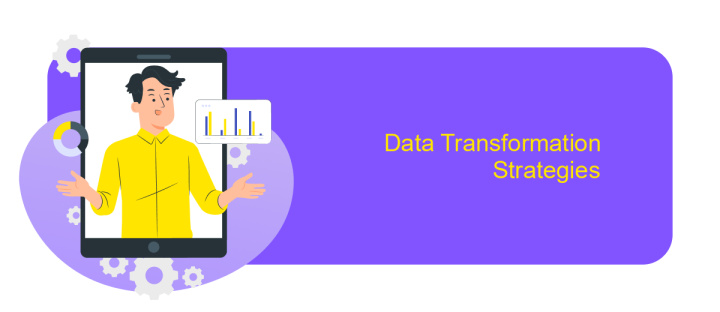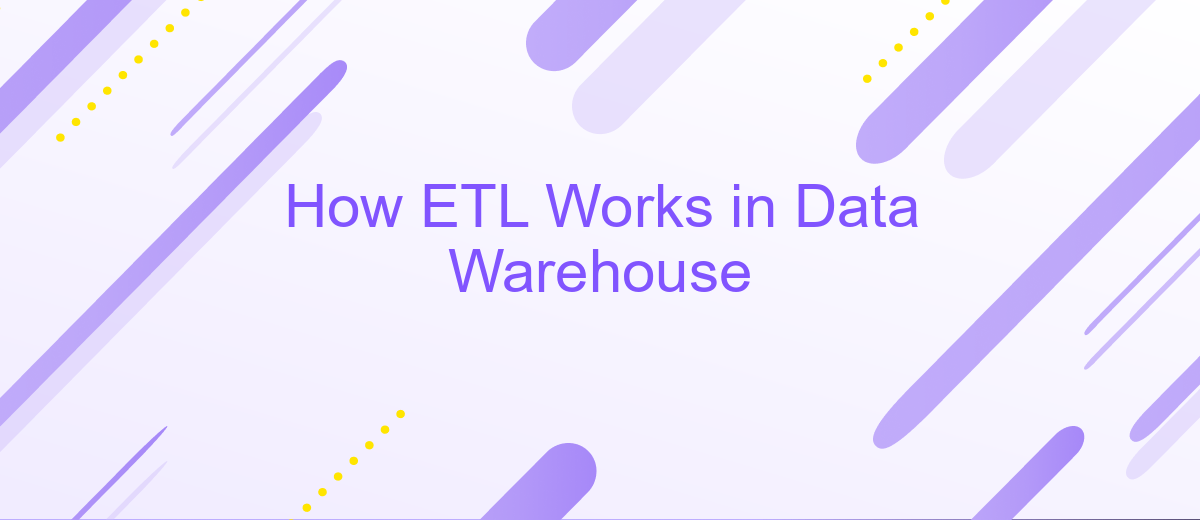How ETL Works in Data Warehouse
ETL, which stands for Extract, Transform, Load, is a crucial process in data warehousing that ensures data is accurately and efficiently transferred from various sources to a centralized repository. This process involves extracting data from different systems, transforming it into a suitable format, and loading it into a data warehouse, enabling organizations to analyze and utilize the data effectively.
Introduction to ETL and Data Warehouses
ETL, which stands for Extract, Transform, Load, is a critical process in data warehousing. It involves extracting data from various sources, transforming it into a suitable format, and loading it into a data warehouse for analysis and reporting. This process ensures that data is accurate, consistent, and accessible for business intelligence activities.
- Extract: Data is collected from multiple sources, such as databases, APIs, and flat files.
- Transform: The extracted data is cleaned, normalized, and structured to meet the requirements of the target data warehouse.
- Load: The transformed data is then loaded into the data warehouse for storage and future use.
Data warehouses serve as centralized repositories where businesses can store and manage large volumes of data. Tools like ApiX-Drive can facilitate ETL processes by providing seamless integration with various data sources, ensuring efficient data flow into the warehouse. This integration capability helps businesses maintain up-to-date and reliable data for their analytical needs.
The ETL Process and its Components

The ETL process, which stands for Extract, Transform, Load, is a crucial component in data warehousing. It begins with the extraction phase, where data is collected from various sources such as databases, APIs, and flat files. This raw data is then transformed through a series of operations that may include data cleaning, normalization, and aggregation to ensure it meets the required standards and formats. Finally, the transformed data is loaded into the data warehouse, making it accessible for analysis and reporting.
Each component of the ETL process plays a vital role in ensuring data integrity and usability. Tools and services like ApiX-Drive can significantly streamline this process by automating data integration tasks. ApiX-Drive allows users to set up and manage integrations between different data sources and destinations without requiring extensive coding skills. This not only saves time but also reduces the risk of errors, ensuring that the data in your warehouse is accurate and up-to-date.
Data Extraction Techniques

Data extraction is a critical first step in the ETL (Extract, Transform, Load) process, where data is retrieved from various sources before being processed and loaded into a data warehouse. Effective extraction techniques ensure that the data is accurate, consistent, and ready for transformation.
- Full Extraction: This technique involves extracting the entire dataset from the source system. It is straightforward but can be time-consuming and resource-intensive.
- Incremental Extraction: Only new or updated data is extracted. This method is efficient and reduces the load on the source system.
- API Integration: Modern tools like ApiX-Drive facilitate seamless data extraction through APIs, allowing for automated and real-time data retrieval from various platforms.
Choosing the right data extraction technique depends on the specific requirements of the data warehouse and the nature of the source data. Full extraction is suitable for smaller datasets, while incremental extraction is ideal for dynamic environments with frequent updates. API integration, supported by services like ApiX-Drive, offers flexibility and efficiency, making it a popular choice for modern data warehousing needs.
Data Transformation Strategies

Data transformation is a crucial phase in the ETL (Extract, Transform, Load) process, where raw data is converted into a format suitable for analysis. This stage ensures that data is clean, consistent, and usable, addressing issues such as data quality, formatting, and integration.
There are various strategies employed to achieve effective data transformation. These strategies depend on the specific requirements of the data warehouse and the nature of the data being processed. Key strategies include:
- Data Cleansing: Removing inaccuracies, duplicates, and inconsistencies to ensure data quality.
- Data Integration: Combining data from different sources, ensuring that it is harmonized and compatible.
- Data Aggregation: Summarizing detailed data to provide meaningful insights.
- Data Enrichment: Enhancing data by adding additional information from external sources.
Tools and services like ApiX-Drive can simplify the integration process by automating data connections between various platforms. This not only saves time but also ensures that data is consistently updated and synchronized across systems. Employing the right transformation strategies is essential for making data actionable and valuable for business intelligence.


Data Loading and Optimization
Data loading is a critical phase in the ETL process, where transformed data is moved into the data warehouse. This step requires careful planning to ensure data integrity, minimize latency, and optimize performance. Efficient data loading techniques, such as bulk loading and partitioning, can significantly reduce the time required for data transfer. Additionally, implementing error-handling mechanisms is essential to address any issues that may arise during the loading process, ensuring the reliability and accuracy of the data warehouse.
Optimization during data loading involves utilizing tools and services that streamline the integration process. ApiX-Drive, for instance, offers robust solutions for automating data transfers between various systems, reducing manual intervention and potential errors. By leveraging such services, organizations can enhance their data loading efficiency and maintain consistent data quality. Furthermore, continuous monitoring and tuning of the loading process are vital to adapt to changing data volumes and maintain optimal performance, ensuring that the data warehouse remains a reliable resource for business intelligence and analytics.
FAQ
What is ETL in the context of a data warehouse?
Why is ETL important for data warehousing?
How often should ETL processes run?
Can ETL processes be automated?
What challenges can arise during ETL implementation?
Do you want to achieve your goals in business, career and life faster and better? Do it with ApiX-Drive – a tool that will remove a significant part of the routine from workflows and free up additional time to achieve your goals. Test the capabilities of Apix-Drive for free – see for yourself the effectiveness of the tool.

